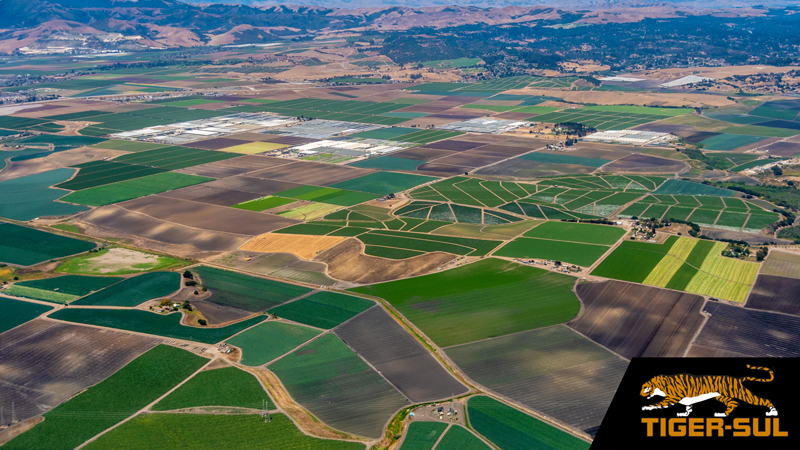Soil Sampling: The New, Old Way
This year, Solum Inc. is officially launching its new wet potassium (K) soil testing process to the industry. In a nutshell, this will allow customers to have their soils tested for K content in a wet slurry rather than the near bone dry mixtures usually used for this procedure.
And when you consider all the factors, says Nick Koshnick, co-founder and CEO of Solum, it makes perfect sense to use a wet method to accurately test K levels in soil samples. “Crops live in field moist soil,” says Koshnick. “They don’t live in baked, pulverized soil – unless they are growing somewhere in Arizona.”
Despite this fact, the ag industry’s accepted method of K soil sampling has used dried soil. In this process, lab technicians take a soil sample, dry it in an oven for six to 12 hours and crush it into a fine powder. They then take a sub-sample of this mixture, add chemical re-agents to extract plant available nutrients, and then measure the amount of the extracted nutrients.
Unfortunately, says Koshnick, these final results can sometimes give artificially higher K readings. “If you have a soil sample that has a lot of clay in it, there might be quite of bit of K stuck in those inter-layers,” he says. “Heating and crushing will release this into the general sample and could give a higher K reading then is actually plant available. For the customer, the most useful reading from the soil sample is the K that can actually be taken up by the growing plant. When the soil processing artificially increases or decreases the measured K values, it decreases your ability to accurately predict when the crop will respond to applied potash.”
A Wet History
In truth, says Koshnick, soil researchers have known about this “changing K possibility” for heated samples since the late 1950s. And for many years, soil sampling labs such as the one at Iowa State University (ISU) did offer a wet K soil sampling process as an alternative. However, performing wet K sampling at this time proved to be ultimately more expensive/time-consuming than dry sampling, so the university discontinued its wet K testing program back in 1988.
But according to Koshnick, wet K sampling was in many ways a superior soil testing method compared with dry. “The whole concept of field moist processing was to measure the soil sample as close to field conditions as possible,” he says. “That was something I agreed with.”
So, when Solum began operation a few years ago, Koshnick saw an opportunity to return wet K soil sampling to the mix. “K was something that many people didn’t really put a lot of attention into, but research has shown that an adequate supply of it in the soil can increase yields dramatically,” he says. “Given how important increasing yields have become in agriculture over the past few years, I thought it made sense to look for better ways to determine K levels for the end users.”
The Solum team then spent several months designing and building automated machines specially built to handle wet K soil sampling, which they used to measure commercial soil this past fall. “These machines ran 18 hours per day processing samples for our customers,” says Koshnick. “And we are building the next generation of machines right now.”
The Wet K Method
To conduct its wet K soil sampling method, Solum researchers receive a soil sample from a customer at the company’s Ames, IA, facility. These are marked with radio-frequency identification tags and then lightly blended to get a sub-samples for testing. “The sub-sample is first tested for its moisture content,” says Koshnick. “Researchers then add water to the sub-sample and it goes into one of our testing units. They then do some chemical extracting of the sample to get a proper K reading.” In total, he adds, this whole process allows Solum to turn around the soil sample for its customers in one to three business days.
During 2013, Koshnick expects many customers interested in getting an accurate reading on their K soil levels will come to Solum for help. “I remember talking with someone at ISU and them telling me that dropping wet K soil sampling from their agricultural offerings back in 1988 ‘was a big mistake,’” he says. “Now, using our resources, we can again offer the industry this important method for determining K levels in our soils.”







